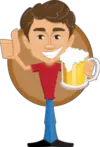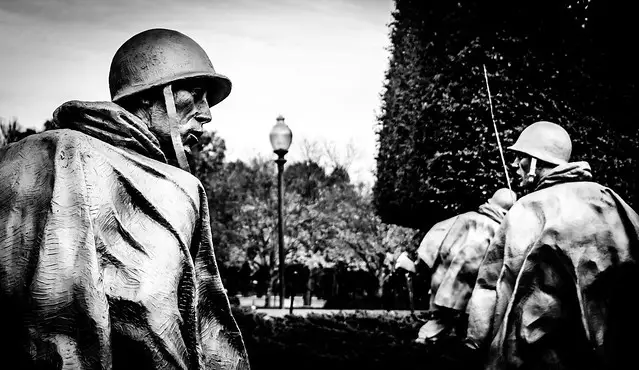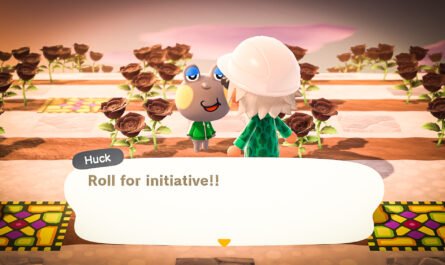My copy of the newest Dungeons & Dragons book, Mordenkainen Presents Monsters of the Multiverse (MOM), arrived last week. I’ve already read a good chunk of it and have skimmed the rest. It is a great step in the right direction for WOTC, and best for new players. However, it will leave veterans feeling a little left out.
Monsters of the Multiverse is an ‘expansion’
The way I see Wizards of the Coast’s various 5e publications, there are four different kinds of books:
- Essential books
- Player’s Handbook
- Monster Manual
- Dungeon Masters Guide
- Expansions to the essential books
- Classes, feats and spells (more for players than DMs)
- Xanathar’s Guide to Everything (XGE)
- Tasha’s Cauldron of Everything (TCE)
- Races and monsters (books for DMs more than players)
- Volo’s Guide to Monsters (VGM)
- Mordenkainen’s Tome of Foes (MTF)
- Mordenkainen Presents Monsters of the Multiverse (MOM)
- Classes, feats and spells (more for players than DMs)
- Campaign Setting Guides
- Eberron Rising from the Last War
- Van Richten’s Guide to Ravenloft
- Etc.
- Adventures (Modules)
- Curse of Strahd
- Icewind Dale: Rime of the Frostmaiden
- Etc.
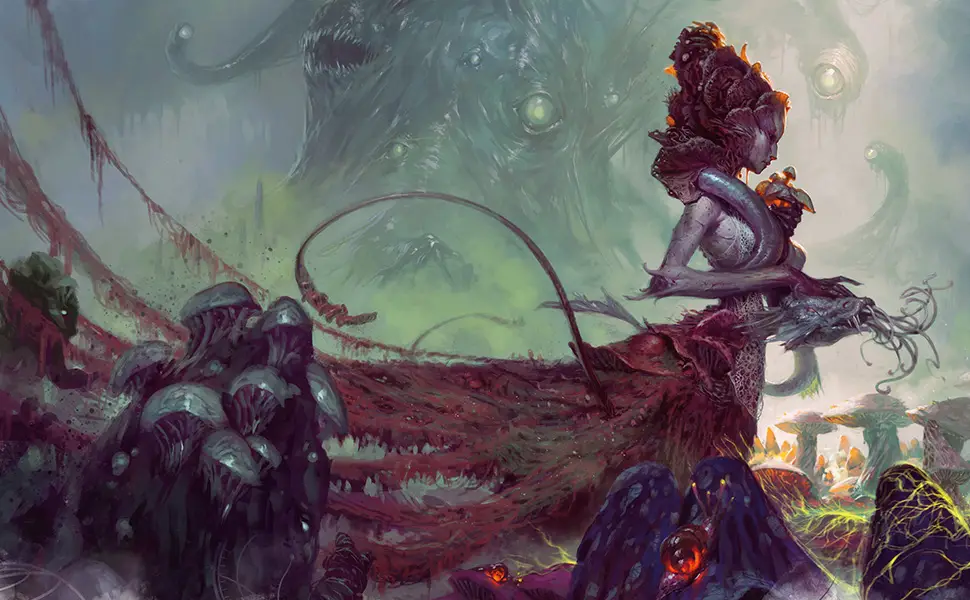
Image courtesy WOTC.
Monsters of the Multiverse is an expansion book for races and monsters. I say this is more for DMs because only 36 pages, 12 percent of the book, have races. The rest are just monsters. (But there are a lot of them!)
A LOT to Choose From – Monsters of the Multiverse
The quality of the book is actually better than most D&D books. Over the years, the artwork and durability of the books has improved. Monsters of the Multiverse is significantly better than the original Monster Manual for instance.
The quantity of monsters races in MOM is amazing. It has 33 different races for players to play. I do not think any other book gets close to that number. Plus, there are 247 pages of monsters. That beats any book, other than the Monster Manual itself. MOM manages this by doing two things: 1) it counts sub-races as races, 2) it copies old monsters from old books. It also cuts much of the lore the previous two monster/race books had.
What did WOTC intend for this book? It seems that they wanted to both compile a list of monsters and races from the previous two monster/race books and update them.
Changes to races
The new direction Monsters of the Multiverse is going with races is a bit controversial. The changes to races in MOM are as follows:
- removing unique ability score improvements
- changing it so that all players just add 2 to one ability and 1 to a different ability – or 1 to three different abilities
- all sub-races have now just become races.
As the book set out to provide a wide variety of races for players to use, and to update those races, it clearly succeeded. It has all the races from VGM and MTF and many more. If you are looking for a compilation of races and monsters to add to your PHB or MM, buy this book.
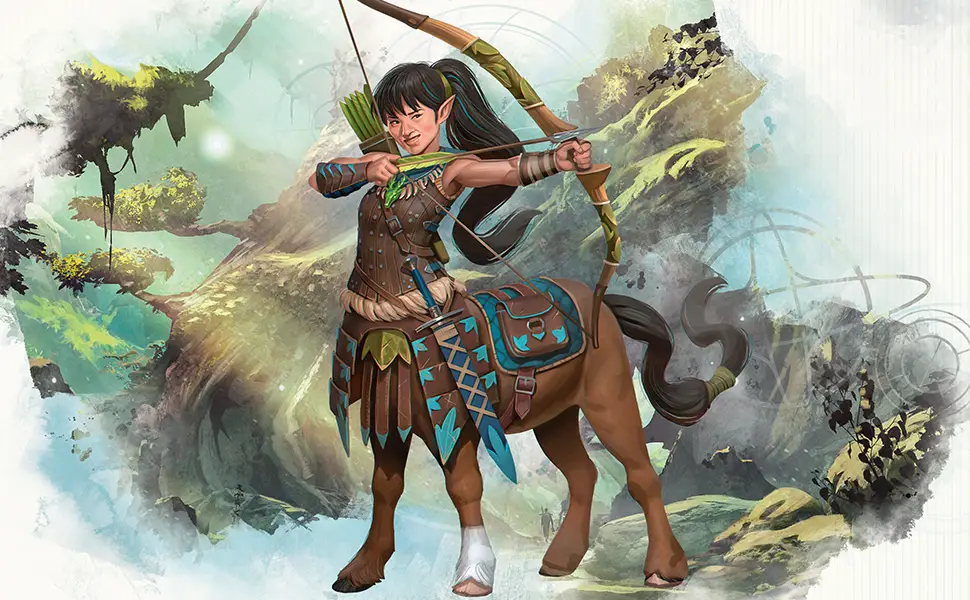
Image courtesy WOTC.
A Few Gripes
Personally, I dislike certain aspects of the changes. I do think it is the best way to answer an important problem. Fifth edition races have both cultural and biological differences This is because 5e is supposed to be set in Faerun – the official D&D world. This has the different races also claiming different cultures – much in the same way Tolkien did.
This has been difficult for me and many others to deal with as our worlds don’t have those cultures. If an elf spent their entire life being raised by humans, why do they get “elf weapon training”? It just doesn’t make a lot of sense. WOTC has tried to change this along with the ability score improvements.
I actually disagree with this more. Unfortunately, ability score increases were an interesting mechanic to differentiate races. One of the classic examples was taking Changeling because you could put your +1 in the same stat as your +2, getting a +3 to a stat. Unfortunately, this has been removed. In my opinion it makes sense for the mental stats (Intelligence, Wisdom, Charisma). But the physical stats (Strength, Constitution, Dexterity) seem more realistic.
My biggest gripe against the book is that I can basically throw out my VGM. There are still quite a few monsters in the book I can use, and I love the monsters in the VGM more than any other book. But it feels bad knowing people out there have bought these books just for the races and now have a book that is “wrong” since the race has changed. Someone else could have bought this book and never needed the VGM.
The book is a compilation book. There isn’t really anything new. Aside from some slight tweaks here and there, the monsters especially are just kind of the same most of the time. If both VGM and MTF were made like this, I would care less. If they were FULL of monsters and races instead of being half lore, I would feel better.
Rating: 7/10 Overall.

Image courtesy Wizards of the Coast (WOTC)
Beginners’ Buying Guide
If you are new to D&D, you need the PHB first off. That is actually all you need. Even a DM only needs the PHB, if that. But if you really have no books and no experience buy the Starter Set. It gives you all the basic rules, character sheets, dice, and an adventure to get going immediately. Once you are more invested in the game and start to play regularly, what you get next depends on if you are a DM or player. Here are my suggestions in order of preference:
- For Players
- Player’s Handbook
- Xanathar’s Guide to Everything
- Tasha’s Cauldron of Everything
- Monsters of the Multiverse
- Dungeon Masters Guide
- For Dungeon Masters
- Player’s Handbook
- Monsters of the Multiverse
- Dungeon Masters Guide
- Monsters of the Multiverse
- Anything else
Obviously, this doesn’t account for campaign settings or adventures. But new players really should get the Starter Set, play with a few friends, or find a game online to find out if they like it. If you love the game, you’re going to buy all the books anyway regardless of what I say. Have fun playing, and don’t get too lost. (Just enough to forget it’s a game.)
Staff writer Edwin Holmer is studying philosophy at the Catholic University of Leuven in Belgium. He started playing D&D when he was only five years old, at family gatherings. Since then, for the past 15 years, he has fallen in love with the game. He hopes to one day teach philosophy and bring those ideas into his gaming.
Related Reading Monsters of the Multiverse
Top 3 Skills You Need to Be A Dungeon Master
